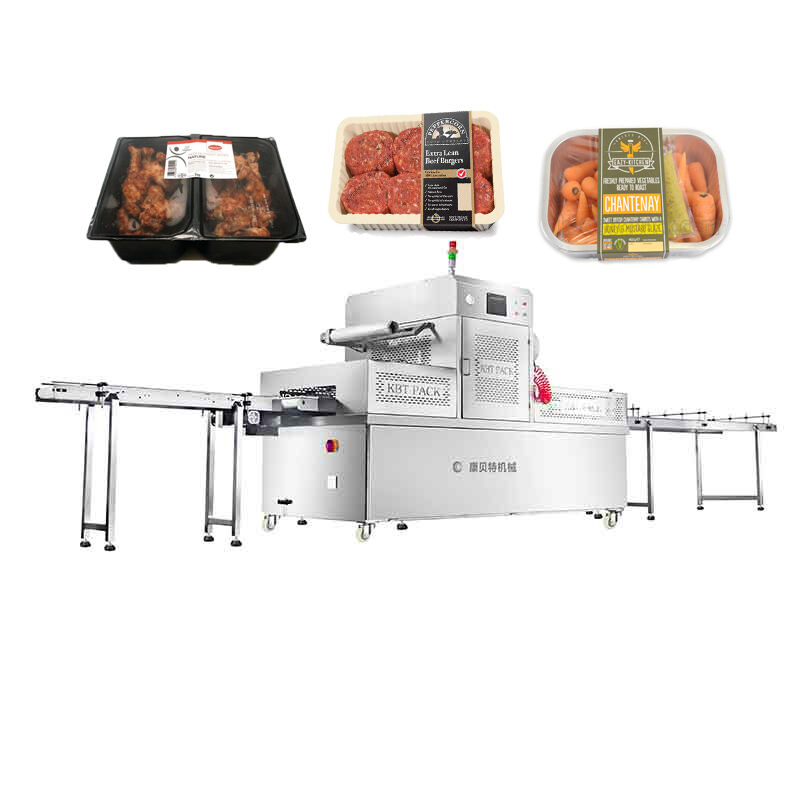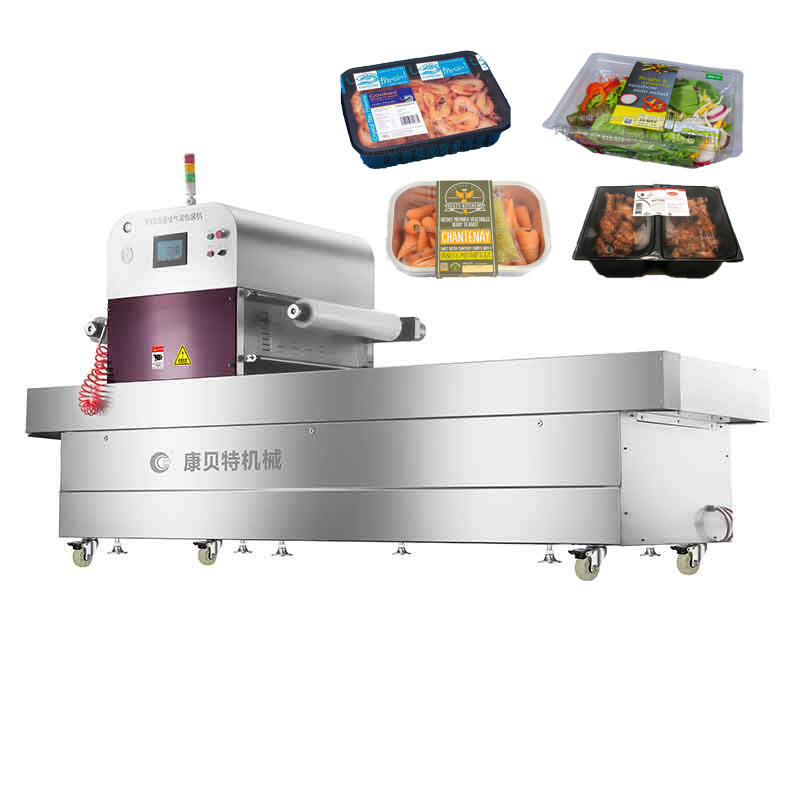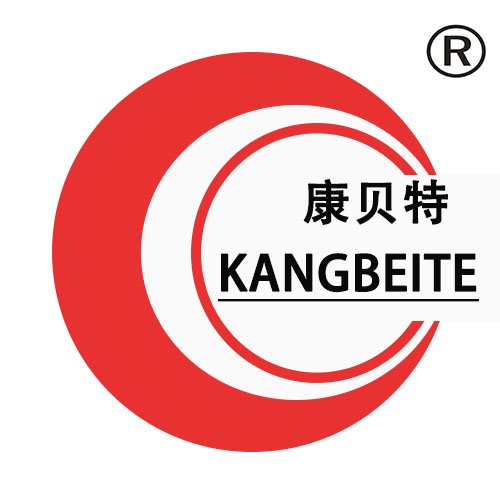Modified Atmosphere Packaging (MAP) for fruit and vegetable products is a sophisticated preservation technique that modifies the composition of gases within a package to extend shelf life and maintain product quality. By replacing the air inside the package with a mixture of gases—typically nitrogen (N₂), carbon dioxide (CO₂), and oxygen (O₂)—MAP slows down respiration, microbial growth, and enzymatic activity, which are the primary causes of spoilage in fresh produce. The gas mixture is tailored to the specific type of fruit or vegetable, as different products have varying respiration rates and sensitivity to gases. For example, leafy greens require higher oxygen levels to prevent wilting, while berries benefit from increased carbon dioxide to inhibit mold growth. The packaging films used in MAP are permeable to gases, allowing for a controlled exchange that maintains the optimal atmosphere throughout the product’s shelf life. MAP equipment, such as gas flush sealers and thermoforming machines, precisely controls the gas mixture and sealing process to ensure consistency. The technology not only extends shelf life by 50 100% compared to traditional packaging but also preserves the product’s texture, color, and nutritional content. For global supply chains, MAP enables fruits and vegetables to be transported over longer distances without compromising quality, expanding market reach for producers. Compliance with food safety standards ensures that the packaging materials and gas mixtures are safe for consumption, making MAP an essential technology for the fresh produce industry.




Copyright © 2025 by Shandong Kangbeite Food Packaging Machine Co., Ltd. Privacy policy